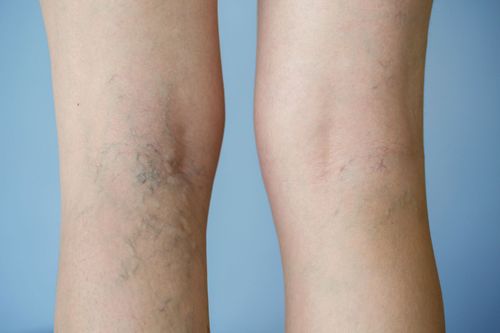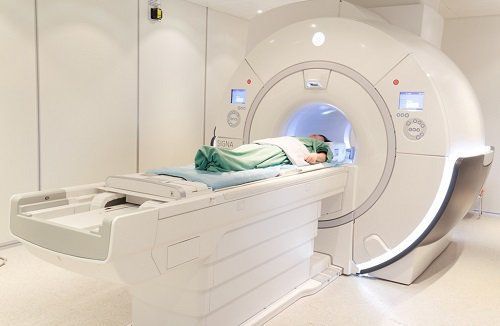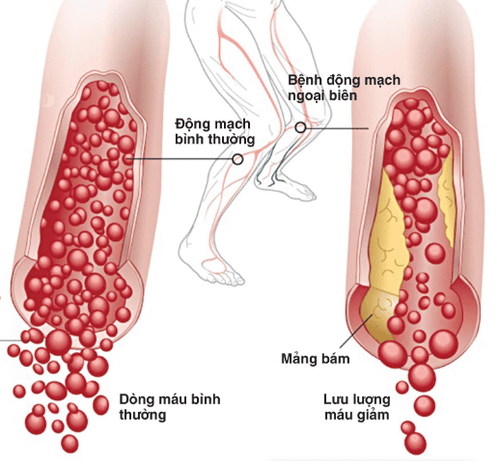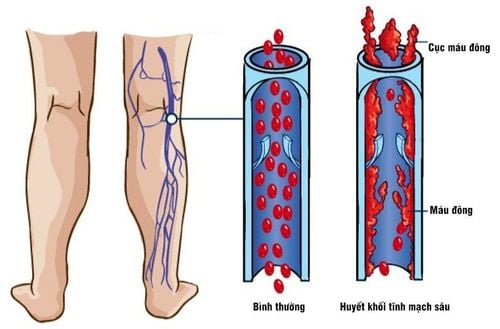This is an automatically translated article.
The article was professionally consulted by Doctor General Internal Medicine Doctor - Department of Medical Examination & Internal Medicine - Vinmec Hai Phong International General Hospital.
Arteritis of the lower extremities is one of the causes of lower extremity ischemia. The disease causes pain in the muscles, bones, and muscles. If left for a long time, the disease will worsen, causing pain in the feet and toes, even when inactive.
1. Consequences of lower extremity ischemia
Initially, anemia in the lower extremities will cause the patient to have pain in the legs, thighs or buttocks, later feel pain in the feet, toes, and cold skin on the feet. If left for a long time, it will cause ulcers, necrosis of toes, even feet due to lack of blood supply to the feet.
Arterial occlusion is considered as one of the causes of lower extremity ischemia. The lower extremities consist of two venous systems: superficial and deep veins.
The deep vein system connects to the arterial system. The arterial/venous ratio is 1:2 for small and medium-sized veins, and 1:1 for large veins. The venous system includes 2 tibial veins, 2 peroneal veins, 2 plantar veins and 2 popliteal veins, 1 femoral vein and 1 iliac vein.
The deep veins have a venous valve system. Venous valves open to counteract a natural force that causes blood to move downwards.
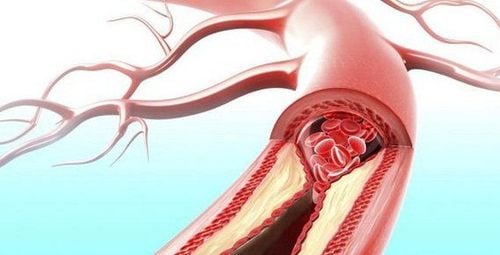
2. Diagnosis and treatment direction
If there are symptoms of prolonged pain in the lower extremities, it is necessary to immediately go to reputable medical facilities for timely examination and treatment. Choose a vascular specialist to examine. The doctor will do a general check including pulse in places such as inguinal crease, popliteal, instep and heel canal.
If there are signs of pulse in these sites, weak or no pulse, this may be a sign of thromboembolism. In addition, if necessary, the doctor will order an ultrasound of the blood vessels to check how narrow the arteries are, how much ischemia in the lower extremities is through measuring the difference in blood pressure between the ankle and the arm. .
With large, developed hospitals, full of advanced and modern medical equipment such as Vinmec International General Hospital, doctors can order more angiography on DSA digital scanners. , computed tomography of the aorta, abdomen, pelvis, lower extremities. The implementation of the above indications helps the doctor to most accurately determine the location of the blocked or narrowed artery.
If the patient has an occlusive artery disease causing ischemia of the lower extremities, the doctor will usually prescribe a method of recirculating the blocked artery through the method of inserting a catheter into the lower extremity. Using wire, catheter attached balloon, stent, inserted into the lesion site by needle hole. A balloon-tipped catheter is inserted into the blocked or narrowed artery to widen the lumen. A metal stent attached to another catheter is inserted into the lumen to keep the lumen from narrowing and return to normal.
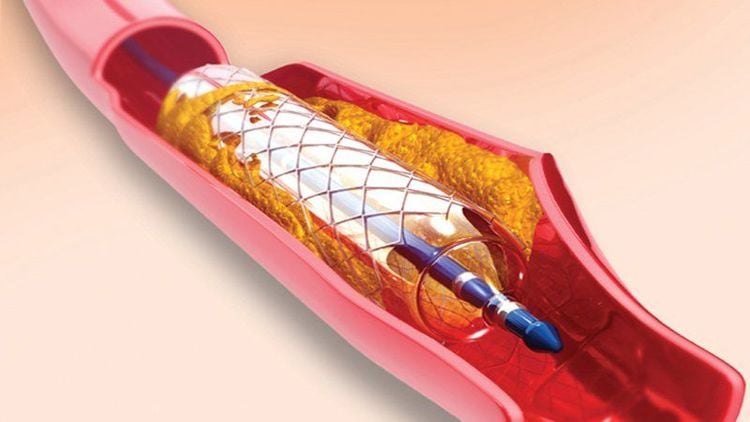
When the artery is opened, it will help the blood flow to restore circulation, from which the symptoms of leg pain due to ischemia will be reduced quickly. The ulcerated or necrotic areas will gradually heal. As for the severe necrosis that cannot be treated, it will have to be removed.
3. Notes after lower extremity vascular surgery
After 6 hours of surgery, the patient can walk normally, but limit walking, go lightly. Wearing socks helps reduce leg swelling. Clean and disinfect the surgical site daily with physiological saline. Currently, the cost of lower extremity vascular surgery is quite high, so patients should participate in insurance to reduce costs when examining and treating.
Please dial HOTLINE for more information or register for an appointment HERE. Download MyVinmec app to make appointments faster and to manage your bookings easily.




